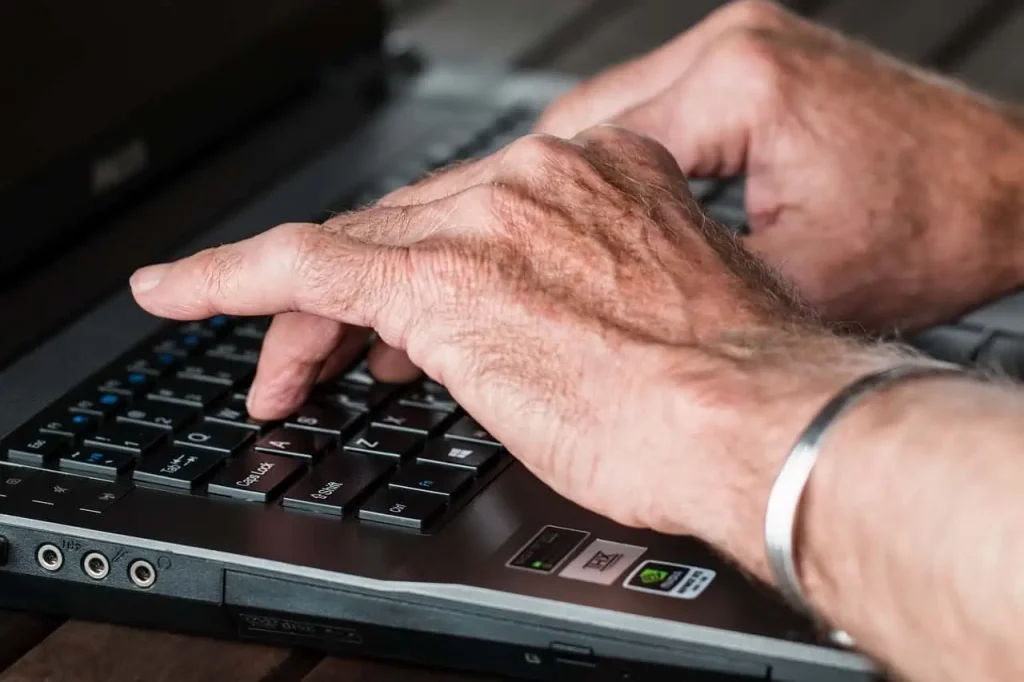Intro
In job hunting of today’s digital age, the importance of a well-crafted email cover letter with an accompanying resume cannot be overstated. You should know how to write an email cover letter whether you are applying for a job, reaching out for a networking opportunity, or simply introducing yourself professionally. This post will guide you through the process of writing an email cover letter and help you to make a strong impression with every message you send.
Understanding the Purpose
Before delving into the specifics, it is important to understand the purpose of both the email and the cover letter.
- Email: This serves as the vehicle for delivering your message. It should be concise, professional, and engaging, grabbing the recipient’s attention and prompting them to open your attached cover letter.
- Cover Letter: This is your chance to expand upon your qualifications, experiences, and motivations. It provides context for why you’re reaching out and highlights how you can add value to the recipient’s needs or organization.
Crafting the Email
- Subject Line: Keep it clear and relevant. Mention the purpose of your email, such as “Application for [Position Title]” or “Networking Opportunity with [Company Name].”
- Greeting: Address the recipient by name if possible. A simple “Hello [Recipient’s Name]” or “Dear [Recipient’s Name]” is appropriate.
- Introduction: Briefly introduce yourself and the purpose of your email. Mention how you found out about the opportunity or why you’re reaching out to this specific individual or organization.
- Body: Keep it concise and to the point. If you’re applying for a job, mention a few key qualifications or experiences that make you a strong candidate. If you’re networking, briefly explain your background and why you’re interested in connecting.
- Call to Action: Clearly state what you would like the recipient to do next, whether it’s reviewing your attached cover letter, scheduling a meeting, or providing further information.
- Closing: Thank the recipient for their time and consideration. End with a professional closing, such as “Best regards,” “Sincerely,” or “Thank you.”
- Signature: Include your full name, contact information, and any relevant links, such as your LinkedIn profile or personal website.
Writing the Cover Letter
- Header: Include your contact information (name, address, phone number, email) at the top of the document, followed by the date and the recipient’s contact information (if known).
- Salutation: Address the recipient by name, if possible. If you don’t know their name, use a generic salutation like “Dear Hiring Manager” or “To Whom It May Concern.”
- Introduction: Start with a strong opening sentence that grabs the reader’s attention. Mention the specific position you’re applying for or the reason for reaching out.
- Body Paragraphs: Use 2-3 paragraphs to elaborate on your qualifications, experiences, and achievements. Tailor this section to the recipient’s needs or the requirements of the job. Provide specific examples that demonstrate your skills and accomplishments.
- Closing Paragraph: Reiterate your interest in the opportunity and summarize why you’re a strong candidate or a valuable connection. Mention your desire to further discuss how you can contribute to their organization or initiative.
- Closing: End with a professional closing, such as “Sincerely,” “Best regards,” or “Thank you for your consideration.”
- Signature: Include your full name and any relevant contact information, such as your phone number or LinkedIn profile.
Tips for Success
- Personalize: Tailor each email and cover letter according to the recipient and the specific opportunity.
- Be Concise: Keep your email and cover letter brief and to the point, focusing on your most relevant qualifications and experiences.
- Proofread: Check for spelling and grammatical errors before sending. A polished, error-free message demonstrates attention to detail and professionalism.
- Follow Up: If you don’t hear back within a reasonable timeframe, consider sending a polite follow-up email to inquire about the status of your application or request a meeting.
Showcase Your Skills and Qualifications
In both your email and cover letter, focus on what sets you apart and how you can add value to your potential employer. Highlight your unique skills, experiences, and accomplishments that align with their needs or goals. Use quantifiable achievements whenever possible to demonstrate the impact you’ve made in previous roles.
Related: 9 Key Elements Employers Look for in a Resume
Research and Customize your Email
Thoroughly research the company, individual, or opportunity you’re reaching out to. Mention specific projects, initiatives, or recent news relevant to their organization in your email and cover letter. This demonstrates genuine interest and initiative, setting you apart from generic messages.
Maintain Professionalism and Tone
Strike the right balance between professionalism and friendliness in your tone. While you want to come across as approachable and personable, it’s essential to maintain a level of professionalism throughout your communication. Avoid using slang, emojis, or overly casual language, especially in formal settings like job applications.
Strategically Address Challenges or Gaps
If you’re addressing a career gap, change in industry, or other potential red flags in your background, use your cover letter to provide context and address these concerns proactively. Frame them in a positive light, focusing on the skills and experiences gained during that time and how they make you a stronger candidate.
Emphasize Cultural Fit
In addition to highlighting your qualifications, emphasize your alignment with the company culture and values. Employers often look for candidates who will not only excel in their roles but also contribute positively to the team dynamic and company culture. Showcasing your cultural fit can help you stand out as an ideal candidate.
Proofread and Format
Before hitting send, carefully proofread both your email and cover letter for any errors or typos. Pay attention to formatting, ensuring that your documents are easy to read and visually appealing. Use a professional font and standard formatting conventions for business correspondence.
Follow-Up Etiquette
After sending your email with the cover letter, follow up appropriately if you haven’t received a response within a reasonable timeframe. A polite follow-up email or phone call demonstrates your continued interest and proactive communication skills. Be patient and respectful in your follow-up efforts, recognizing that hiring processes can take time.
Conclusion
Mastering the art of writing an email cover letter takes practice, but with these guidelines in mind, you’ll be well-equipped to make a strong impression in your professional communications. Remember, each message you send is an opportunity to showcase your skills and expertise, so make every word count. Happy writing!









